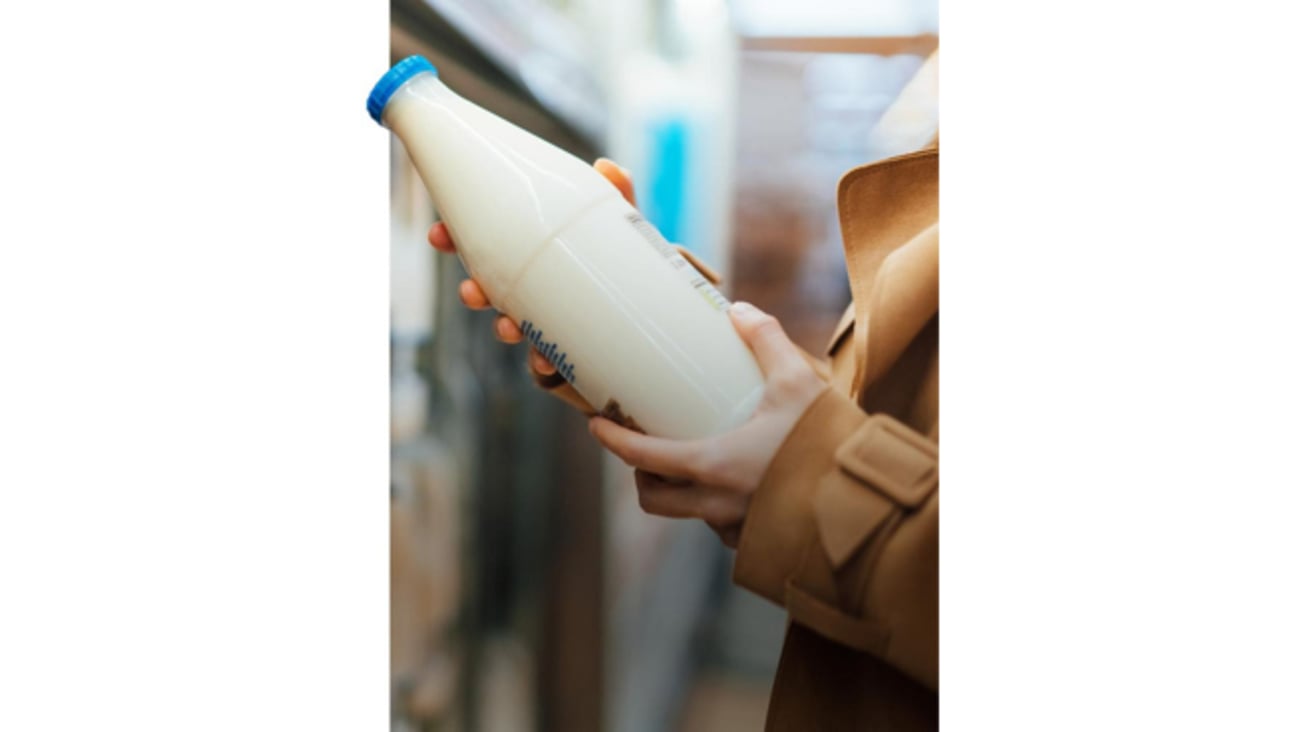Forget 'Elbows Up'—it’s 'Wallets Out'
While Washington appears to be softening its stance with several key trading partners, Canada remains entrenched in a solitary and expensive tariff posture. This week, Loblaw president Per Bank issued a public warning: a new wave of price hikes, directly linked to Canada’s retaliatory tariffs, is about to hit store shelves. For consumers, this will mean more products marked with a subtle yet telling symbol: a “T”—indicating tariff-impacted goods.
Skeptics may view this as a convenient deflection tactic by Loblaw. But the issue extends far beyond one retailer. All major grocers will be affected. As of now, approximately 1,000 products at Loblaw stores already carry the “T” symbol—a number expected to climb above 6,000 in the next two months as inventories run dry and replenishments reflect increased import costs. And these are just the direct effects. Indirect impacts are mounting too, particularly for food manufacturers grappling with sustained input cost inflation on key imported ingredients.
Since March 4, 2025, Canada has implemented several rounds of 25% counter-tariffs on U.S. goods in retaliation for protectionist measures from the Trump administration. The surcharges apply to a wide range of imports: orange juice, peanut butter, wine, beer, coffee, appliances, apparel, tools, cosmetics, and other consumer goods. In total, nearly $60 billion in imports are now affected.
READ: Walmart says it will raise prices due to tariff costs after posting solid first quarter sales
The agri-food sector is especially vulnerable to these trade frictions. With thin profit margins and a high reliance on strategic imports, food processors and retailers are under intense pressure. Ottawa’s tariff list includes about $5.8 billion worth of U.S. agricultural products—dairy, poultry, fresh produce, candy ingredients, bouillons, condiments, grains, rice, and more. Some iconic items, like Kentucky bourbon, have already disappeared from Canadian shelves. Since April, any U.S. vehicle not meeting CUSMA rules of origin is also subject to a 25% levy.
In many cases, Canadian manufacturers have no viable alternatives. For a significant number of ingredients or components, the United States remains the only feasible supplier in the short term. The result? Higher costs, few substitutes, and inevitably, a pass-through to consumers.
To its credit, the Carney government has tried to shield some raw materials and sustain dialogue with Washington. But sources suggest Ottawa is considering expanding its countermeasures to cover up to $125 billion in imports—including fruits, vegetables, beef, pork, dairy, EVs, and a range of electronic goods. Such escalation risks further undermining food security and the competitiveness of our agri-food sector.
This tariff path imposes a double penalty on Canadians: rising prices and shrinking choices. Ironically, despite Trump’s aggressive tariff playbook, U.S. food inflation fell to 2% in April—way below Canada’s. In theory, tariffs should drive prices up. That hasn’t happened in the U.S., where a denser, more competitive market absorbs external shocks more effectively. Canada lacks that economic cushion.
The 'Elbows Up' campaign may be meant to inspire resilience, but from an economic standpoint, it's little more than a distraction. While the U.S. manages to contain food inflation at 2% despite aggressive tariffs, Canada is facing higher prices and fewer choices—a direct result of poor policy insulation and limited market competitiveness. Symbolic gestures won’t offset structural inefficiencies.
The message from grocers is clear: it’s time for Ottawa to rethink its retaliatory tariff strategy—before the cost becomes too steep for households and industry alike.






